Norwegian Animal Expressions
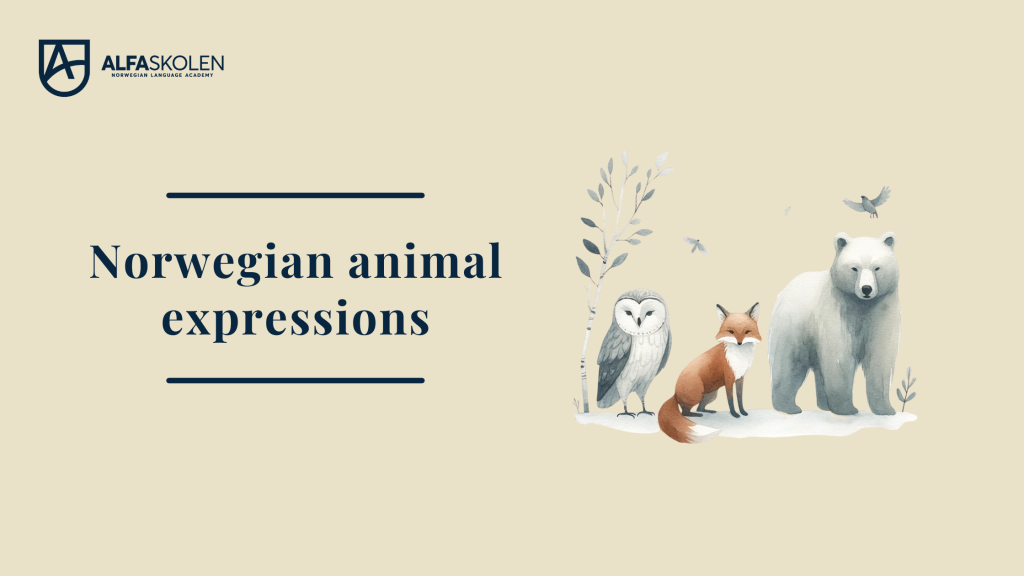
Introduction
When we humans describe something, we often use comparisons from the animal kingdom, both in Norwegian and other languages. It’s not surprising, as animals are an important and impressive part of the nature around us. Many of the animals’ skills and abilities are relatable to us. Since the middle of the Stone Age, humans have also domesticated animals. Primarily the wolf, tamed into a dog. Or wild horses transformed into domestic horses, and wild boars into domestic pigs. What’s intriguing is that it’s not the same animals we compare across all languages, and not always the same traits we highlight, partly because the same animals don’t inhabit every country.
In this blog we will explain some common expressions in Norwegian which use animals to describe feelings, tempers and states of being. We have compared these to other languages. We invite you to try to recognize these in your everyday interactions!
What Animals Colour the Norwegian Language?
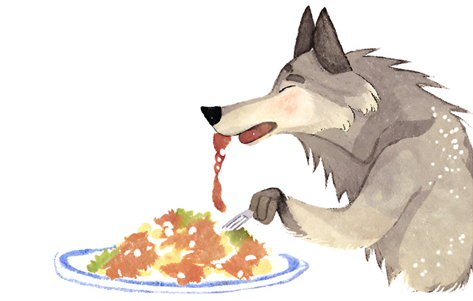
To stay within Norway, we have many animals that are well-known, cherished, and have been in Norway for a long time. We say sulten som en ulv (hungry as a wolf), sterk som en bjørn (strong as a bear), and snill som et lam (kind as a lamb). A lamb is the offspring of a sheep, and about sheep, we say dum som en sau (dumb as a sheep). So, it’s both kind and dumb, we might think. While the French, if they feel the conversation has gone off track, can say ‘revenir à nos moutons,’ meaning ‘return to our sheep,’ essentially asking to go back to the original topic of the conversation. Whether you’re at a beginner or advanced level, awareness of such linguistic nuances is essential, especially for those interested in taking Norskprøven.

Strong as a Bear and Diligent as an Ant
The bear is strong, but so is the horse, the ox, and the lion. So, we can say sterk som en hest (strong as a horse), as an ox, as a bear, or as a lion. And these comparisons exist in multiple languages, for example, ‘strong as a bull’ in English, ‘stark wie ein Bär‘ in German, or ‘Fort comme un lion‘ in French. Swahili also uses a similar expression: ‘Imara kama simba‘ (strong as a lion).
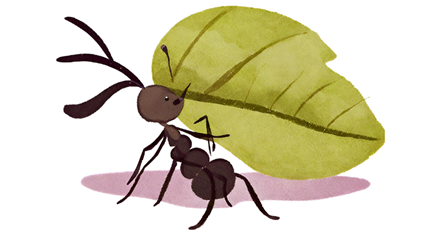
When it comes to being diligent, we say diligent as an ant; they are both strong and diligent. However, German speakers think of another insect and say ‘Fleißig wie eine Biene,’ meaning diligent as a bee, corresponding to the English ‘busy as a bee.’ Norway stands out here, and one must be cautious not to mix these expressions when learning Norwegian.

Clever as a Fox and Smart as an Owl
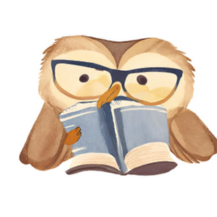
When it comes to wisdom, there is a widespread agreement across countries that the fox is clever. In English, they say ‘A sly fox,’ in German ‘ein schlauer Fux,’ both corresponding to the Norwegian ‘lur (smart) som en rev.‘ This perception extends to other countries like Bangladesh, Botswana, Burma, Cameroon, China, Cyprus, Hungary, Indonesia, Italy, Japan, Malaysia, Palestine (Arabic), and Taiwan, where they also acknowledge the fox’s intelligence. The monkey is considered wise too, at least according to the French: ‘maligne comme un singe‘ (smart as a monkey). However, the wisest of animals is still the owl, so we say klok som ei ugle (wise as an owl). In Greece, they talk about bringing owls to Athens, meaning bringing wisdom to a city known for its wise people and many owls. The owl was Athens’ bird, and in Greek mythology, she was the goddess of wisdom. Bringing owls to Athens implies doing unnecessary work, like carrying coals to Newcastle in English.

Dumb as a…?
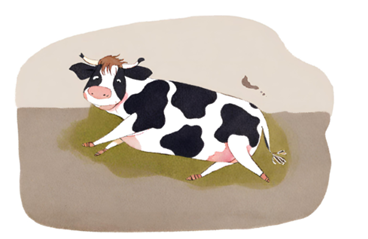
What about being foolish? Which animals are considered foolish? There are plenty to choose from. We can say foolish as a hen, a sheep, a goose, a cow, or a steer (which is a bull). So, bulls are both strong and foolish.
However, perhaps not everyone is as connected to nature as before, or they lack knowledge about the origins of various metaphors. The idea of doing someone a disservice comes from Jean de La Fontaine’s fable about the bear and the gardener. In the story, a tame bear kills his owner with a stone because, as a favor, he kills a fly that landed on him using a stone. The intention was good, but it only made things worse. This is the story behind the common expression bjørnetjeneste (bear-service) among Norwegians. Some use the expression to mean doing someone a great favor, which is actually incorrect. Since the bear is large, does that mean its favor is also significant? Fortunately, the latter interpretation is not very common. Fontaine’s fable also shows that the bear, like the bull, is both strong and foolish.

Dead as a Herring and Healthy as a Fish?
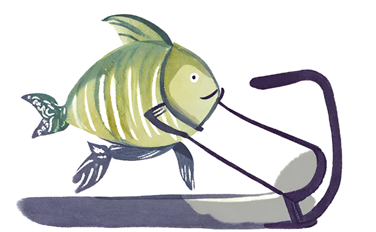
Speaking of death, animal metaphors sneak in there too. Because we say daud som en sild (dead as a herring). But in England, they prefer to compare with a lamb (dead as mutton), while Germans refer to mice (maustot). When it comes to the opposite, life and health, we say in Norwegian frisk som en fisk (healthy as a fish). Perhaps it’s not surprising that Norwegians are so good at taking cod liver oil (tran)as dietary supplement? In English, they say healthy as a horse. Oddly enough, they also say sick as a horse. So, are horses extra sick or extra healthy? It’s not always easy to figure out.

Which is the quitest animal?
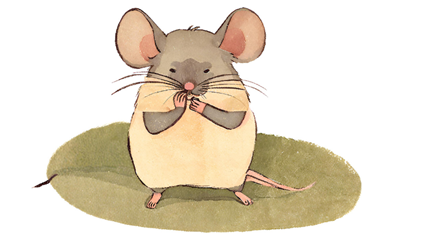
We’re approaching the end, and then we can be as stille som mus (quiet as mice) in Norwegian, which is also said in English, German, and Czech. However, in Czech, you can also say ‘mokrý jako myš‘ (wet as a mouse) and ‘zpocený jak myš‘ (sweaty as a mouse). Could it be because the mouse is always running away from the cat?
On the other hand, in Lithuanian, you can say ‘tyli kaip žuvis‘ (quiet as a fish). And the French say ‘Être muet comme une carpe,’ meaning silent as a carp, probably because they lift their heads out of the water with their mouths open, but without saying anything. It’s very interesting to reflect on why we associate specific traits with certain animals, providing unique insights into cultural differences. However, we’re not always in agreement about which trait goes with which animal, even within the same language. This results in a diversity of animal metaphors, something that surely delights not only a linguist.

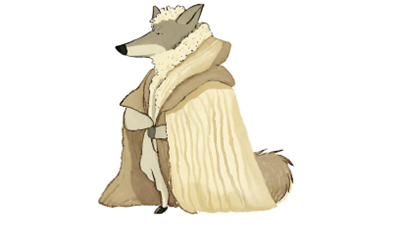
To Summarize
Of course, there are many more animal expressions than those mentioned. If you explore others like sta som et esel (stubborn as a donkey)‘, treg som en snegle (slow as a snail), or sulten som en ulv (hungry as a wolf) you can not only learn new words but also improve your skills in Norwegian conversations. You will better understand what people are saying and what they mean culturally. At Alfaskolen, it is important for us to teach our students such expressions from the beginning to make learning both enjoyable and useful. Whether you attend one of our Norwegian courses, conversation courses, or preparation courses, you will learn more of these. This ensures not only linguistic proficiency but also provides an interesting insight into Norwegian culture, creating a fun and effective learning experience from day one.
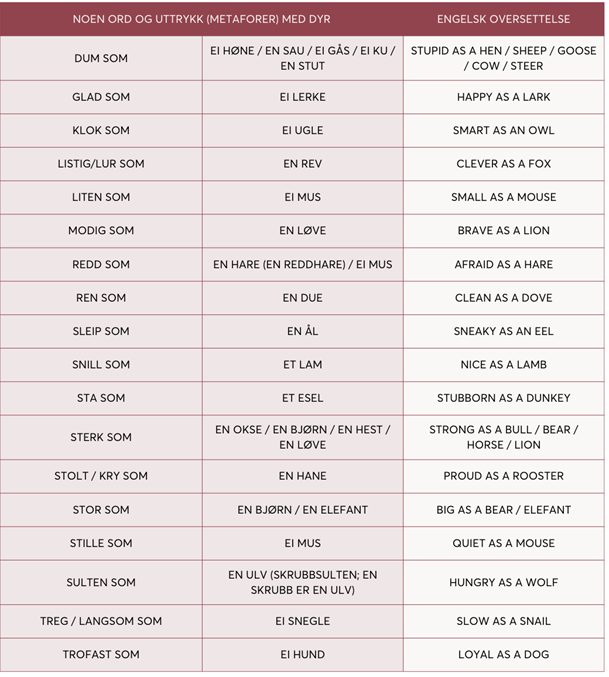

Written by Axel Bojer, Norwegian teacher at Alfaskolen.
Tags:


